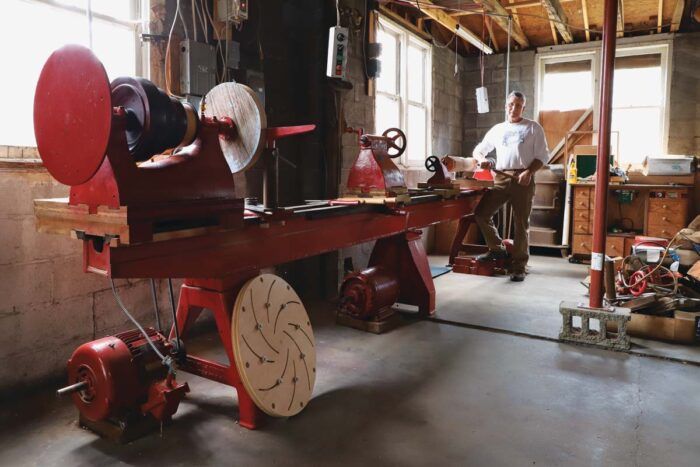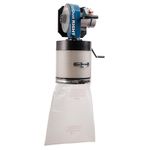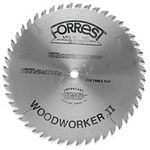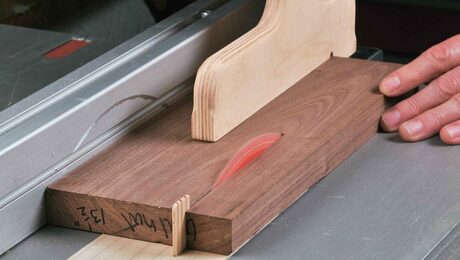The Leviathan Lathe
Fred Schattauer had his heart set on a big lathe, and made it happen.
Some machines we acquire quickly, like a trout caught on the first cast. Others take a little more effort. And a little more time …
When I was a patrolman in the Oil City, Pa., Police Department during the 1980s and 1990s, Pennzoil, Quaker State, Wolf’s Head Oil, and many other manufacturers shut down or moved away. US Steel’s Oilwell Division plant was one of them, and as its buildings were being razed, I was tasked with patrolling the grounds. Driving through the plant, I laid eyes on an old piece of machinery, which I believe was used to drill centers in billets of steel to be mounted on metal lathes. Measuring approximately 17 ft. in length and with two mammoth headstocks and two pneumatic clamps for holding stock, this thing was a monster. The plant was demolished around it day by day, and eventually the machine was left standing alone.
I was fascinated by the sight of it. Years before, I had purchased a book with articles on heavyweight lathes and shopmade lathes, and I had read it so often that I wore it out and had to buy another copy. I really wanted a big lathe. Not having the income to buy one, I entertained the idea of making one from old car parts—transmission, axle, etc.—but never settled on a scheme to build it. What if I could use parts of this machine?
When the person overseeing the assets of the plant heard that someone was interested in the machine, he said, “If they can move it, they can have it.” Faced with the decision to take this monstrosity or leave it, I threw caution to the wind. I knew if I didn’t take it, it would haunt me. But how to move it? An arborist friend with a crane truck agreed to help. Trying to lift the lathe, he found it was so heavy it nearly pulled the crane truck over on its side; he had to maneuver right up beside the beast. Once it was in the truck, where to put it? I had no space. But my brother, Rich, who had inherited our father’s former dry-cleaning building, said I could park the lathe in there.
After I had cleaned off many decades of grease, crud, metal shavings, and old tool bits, I began assessing what I had. I decided the specialized heads, which probably weighed 200 lb. each, couldn’t be adapted to wood turning. I parted with them, along with the huge pneumatic clamps. There was much to do—I had a base and ways, but the lathe was without a headstock, tailstock, motor, wiring, pulleys, and belts, and all would need to be suited to its size.
For nearly a decade, I was too busy to do much with the lathe. And then my wife and I decided to move to Virginia. Not wanting to part with my treasure, I loaded it up on a U-Haul truck using jacks, cribbing, and pipe rollers and dragged the monster to our new home. We had space for it in the barn. It sat there pretty much undisturbed for the next three years. Then we decided to move back to Oil City, occasioning another U-Haul trip. Soon my big baby was back in my brother’s place.
At some point I decided the ways were long enough to accommodate two lathes. Inspired idea, right? But it took 10 years of scouting around before I came across the headstocks and tailstocks from two century-old, belt-driven Porter patternmaker’s lathes that were perfect for the project. Featuring Babbitt bearings and headstock spindles with four step pulleys, they were in great shape, needing only a good cleaning and a fresh coat of paint. I devised transitional bases to mount them on the ways, and with help from my machinist friend Doug I outfitted the beast with custom tapers and tool rests.
Then I designed and built a drive system. My brother had scavenged some beautiful old three-phase motors from our dad’s dry-cleaning machines, and I used two of those for the lathe, converting the single-phase incoming power to three-phase using variable-frequency drives. The VFDs also provided my vintage behemoth with infinite speed control, reverse, variable startup and stop timing, and they negated the need for step-pulley speed control.
I improvised a system of belts and pulleys to connect the motors to the headstocks, and when I ran through my small supply of leather belting, I used an old truck load strap, trimming it to length and joining the ends by employing tailoring skills also inherited from my father.
Now that it runs, what can you turn on this thing? Just about anything. The larger of the two lathes is 12 ft. between centers and has 32 in. of faceplate capacity inboard and 8 ft. outboard. My wife and I have always wanted to build a Victorian gazebo, with our own designs for turned columns, balusters, and brackets. That should be no problem. It’s just a matter of time.
Fred Schattauer does his turning in Oil City, Pa.
Fine Woodworking Recommended Products

Stanley Powerlock 16-ft. tape measure

Rockler Dust Right 650 CFM

Forrest Woodworker II Blade




























Log in or create an account to post a comment.
Sign up Log in